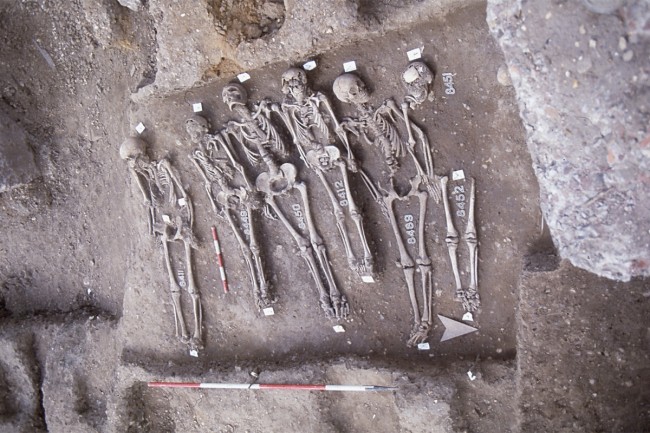OF THE
TIMES
Today as never before we need to comprehend the course, logic, and path of the process of history. Every day we need to make decisions that will affect future generations. It has become obvious that no single nation, confession, social class or even civilization can solve these problems on its own. We increasingly have to listen to one another: Europe and Asia, Christians and Muslims, White and Black peoples, citizens of modern democratic states and places where traditional society survives. The key is to understand one another correctly, avoid hasty conclusions, and acquire the true spirit of tolerance and respect toward those with different value systems, habits, and norms.
I bet those 326k and counting illegals in Florida will be able to vote for Biden come November.
Ah Scotland - who needs the effing UK - you got some goods off the coast - why not bring them home. Who needs the EU either - why not just go all...
Red team, Blue team, same dumb fuck lemmings willing to believe in their selected messiah, as they willingly jump over the cliff into the Digital...
I just asked my imaginary friend , " Waken Jason Jones " what I should actually write in this comment box. He said to write something about the "...
Well, wait. If Scotland secedes from the UK and rejoins the EU, he will be back in office ...
To submit an article for publication, see our Submission Guidelines
Reader comments do not necessarily reflect the views of the volunteers, editors, and directors of SOTT.net or the Quantum Future Group.
Some icons on this site were created by: Afterglow, Aha-Soft, AntialiasFactory, artdesigner.lv, Artura, DailyOverview, Everaldo, GraphicsFuel, IconFactory, Iconka, IconShock, Icons-Land, i-love-icons, KDE-look.org, Klukeart, mugenb16, Map Icons Collection, PetshopBoxStudio, VisualPharm, wbeiruti, WebIconset
Powered by PikaJS 🐁 and In·Site
Original content © 2002-2024 by Sott.net/Signs of the Times. See: FAIR USE NOTICE

I'm sure some mad scientists have already put their hands on the virus...